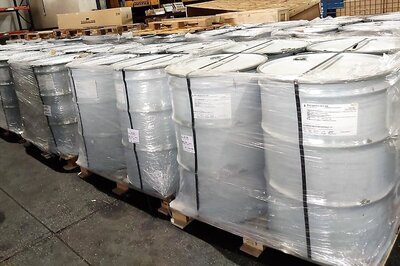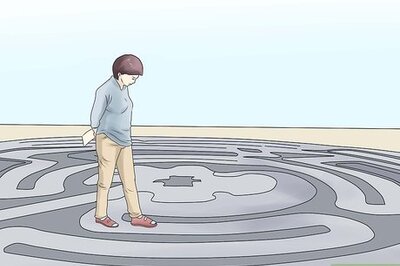
views
London: Fernando Alonso's Canadian Grand Prix victory for Renault on Sunday could hardly have been more fitting.
As well as tightening the Formula One world champion's stranglehold on the title, the Spaniard's sixth win in nine races completed a century of success for the French car maker.
One hundred years ago on Tuesday, on a triangular circuit run over rough public roads to the east of Le Mans, Renault won what is now recognised as the world's first real grand prix motor race.
Created by the Automobile Club de France, frustrated by the existing Gordon Bennett series that allowed only one three-car team from each nation, the new race pitted individual cars against each other for a significant cash prize - a grand prix.
The contrasts between then and now are evident but there are also eerie parallels.
Then, as in Montreal where Ferrari's Michael Schumacher finished in second place, the runner-up was an Italian machine - a FIAT, the company that now owns Formula One's most glamourous team.
Michelin, who celebrated a milestone 100th Formula One success on Sunday, provided the tyres for the triumphant Renault driven by Hungarian Ferenc Szisz that June 27 afternoon in 1906.
Quick-change Tyres
Whereas Sunday's ninth round of the season was a 70-lap blast around a 4.36km circuit, a total distance of 305.2km at an average speed of nearly 200kph, the 1906 race was more of an endurance challenge.
It started on June 26, the Sarthe region basking in a heatwave as 32 cars, some with 18.3 litre engines compared to modern 2.4 litre Formula One versions, set off at 90 second intervals shortly after dawn.
The race was run over two days and competitors had to complete six laps of a 103.18km circuit on each for a total race distance of 1,238km.
Szisz, formerly a riding mechanic to company co-founder Louis Renault, was third away and completed the race in a total of 12 hours 14 minutes and seven seconds - averaging 101.195kph.
His Renault AK's top speed was clocked at a then-dazzling 148kph, less than half what modern Formula One cars can reach.
Italian Felice Nazzaro was second, more than half an hour behind, and Frenchman Albert Clement third in a Clement-Bayard built by his father.
Then, as in modern Formula One, tyres proved crucial.
The 13-litre Renault, as well as the FIAT, carried innovative quick-change tyres - spare rims with pre-inflated tyres mounted on them while rivals used solid artillery wheels.
Szisz could change his tyres in a fraction of the time required by rivals.
The race was watched by 180,000 people and, then as now, Renault basked in their success: Le Mans organisers marked the centenary this month and another tribute will come at the Goodwood Festival of Speed in England in July.
As he crossed the line in Montreal on a sweltering afternoon, Alonso shouted over the radio that 'Todo es perfecto' - all is perfect.
Szisz, who died long before the first Formula One championship race was held at Silverstone in 1950, would surely have agreed with that.
















Comments
0 comment